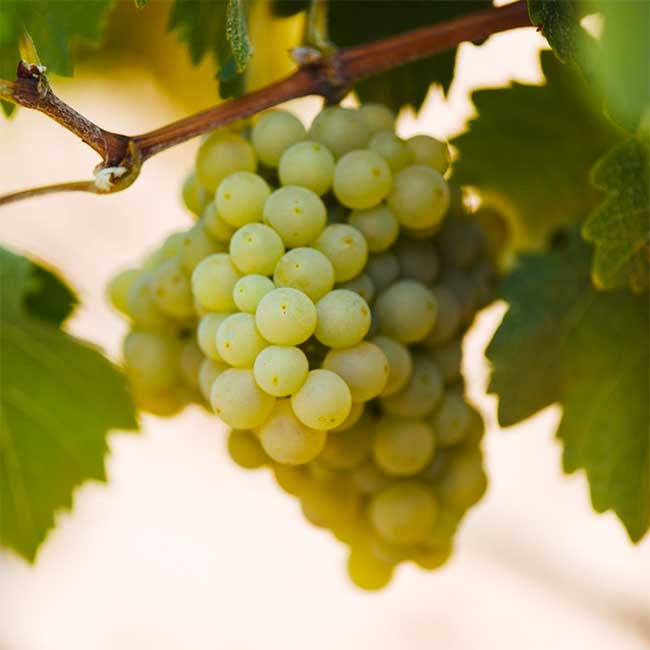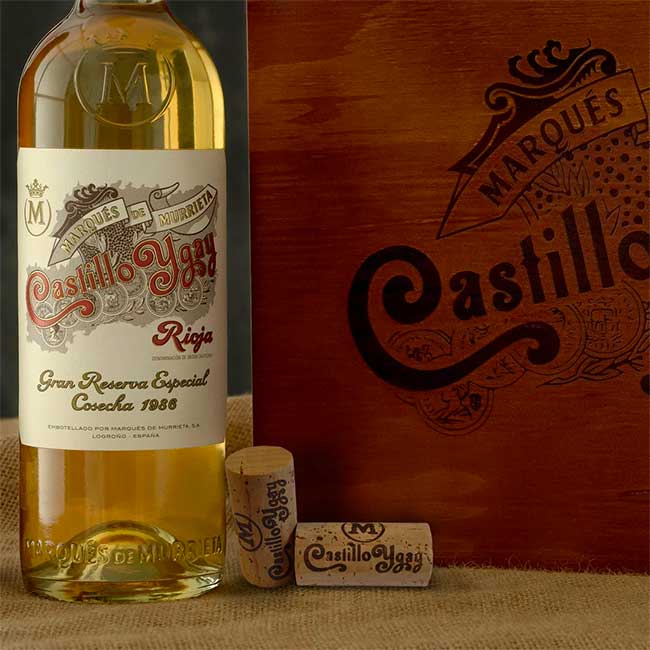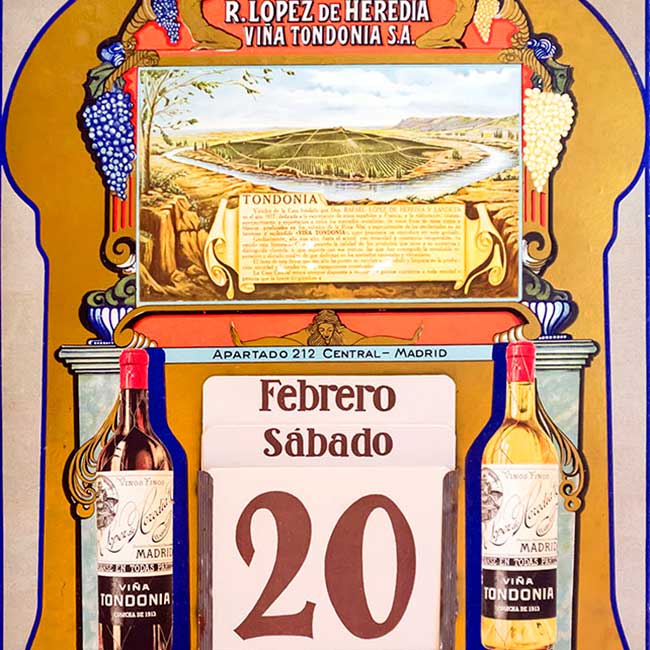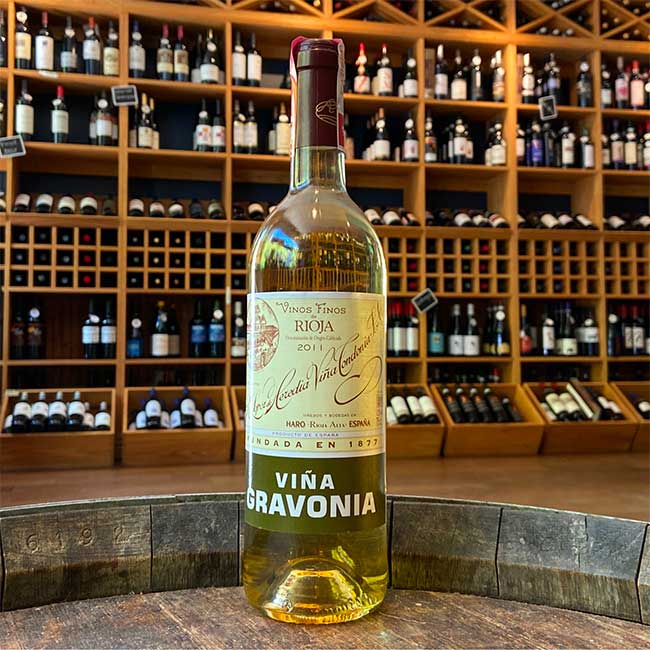.png.transform/rendition-xs/image_image%20(1).png)
The Rebirth of White: Rioja’s Lesser Known Side
For the last several years, the white wines of Rioja have enjoyed some of their greatest praise in recent history, coming out from behind the shadow of their red siblings.

If you’re familiar with labels like Gravonia, Tondonia, and Castillo Ygay Blanco, the word “rebirth” might sound strange indeed. Yet just ten years ago, save for several important exceptions, much of white Rioja was described by one top foreign critic as “simple stuff for early consumption.” Wines from Spain takes a closer look at the resurgence of Rioja’s lesser known side.
From Classic to Modern

If we use the mid 1970s as a turning point, classic white Rioja prior to this time would have seen lengthy barrel ageing in old oak, producing deep gold color wines with pronounced tertiary aromas of lemon and apple peel, nutmeg and cinnamon, toffee and beeswax, roasted nuts and old wood, propped up by bright cleansing acidity. A mystical combination that defined a generation of wines, yet only made today by a few fearless producers. How did this style go from the rule to the exception?
The answer lies with stainless-steel tanks (known today as INOX), which revolutionized winemaking in the 1970s. Marqués de Cáceres brought the technology to Rioja, making fruit-forward wines that exploded on to the market. CVNE and Bodegas Franco-Españolas were early adopters, creating the best-selling, un-oaked, young Monopole and semisweet Diamante respectively.
Marqués de Riscal also saw the benefits of this new technology, but decided it was best put to use in Rueda, reshaping the region in the process. INOX would do the same for Albariño in Rías Baixas, and as the wine industry is not immune to trends, the success of these wines solidified the appeal of easy and immediate fruit. Classic Rioja, anchored down by non-aromatic Viura, became old-fashioned and out of step with the modern world.
Viura & Co. The grapes behind white Rioja

When Rioja’s Consejo Regulador was formed in 1925, three white varieties were authorized: Viura, White Grenache, and Malvasía Riojana (i.e. Alarije). Viura would quickly dominate in an era when volume was key. As María José López de Heredia pointed out in an email interview, Viura is highly productive, especially younger vines, and I imagine growers back then were surely encouraged by this. Viura would come to represent over 95% of all white grapes planted in Rioja.
Yet from a high of over 9,000ha, plantings of Viura would fall to 3,700ha by 2012. To compete with the rising stars of Rueda and Rías Baixas, many Rioja whites applied the same cool-fermentation techniques, producing unoaked, soon-to-market, young wines. Although there were certain successes, results were often tagged as boring and bland.
Was Viura really to blame? Without proper care in the vineyard, the grape’s tendency to produce large crops of big berries would have resulted in less concentrated wines with dilute flavors, especially given its non-aromatic profile. “Non-aromatic” is perhaps an unfair term, and I’m reminded of a grower interviewed by Amaya Cervera for SWL who suggested dividing varieties into those offering “early aromas” (aromatic varieties) and “late aromas” (non-aromatic varieties whose aromas emerge over time). Viura fits the latter definition, and its restrained aromatic intensity allows it to age and evolve elegantly over time in both barrel and bottle, as a recent tasting by Pedro Ballesteros MW of old white Rioja showed.
As for Viura’s companions, it is the non-aromatic Malvasía Riojana that’s most often seen. The grape’s tendency to oxidize may have contributed to the mature profile of classic Rioja, as it played a bigger role in the blends of the past María José told me. She added that Malvasía’s presence today brings an added layer of textural complexity and viscosity, rounding out the palate and tempering the crisp acidity of old vine Viura, something that María Vargas, winemaker at Marqués de Murrieta, agreed with in a phone interview.
Both women also stressed the crucial role that old vines play in the celebrated whites of Rioja today. As Viura is a mid-ripening grape, it cannot be left in the vineyard indefinitely waiting for flavors to develop while acidity plummets. Therefore, picking on the earlier side is key. Yet an early harvest may mean that the vine struggles to achieve phenolic ripeness (i.e. flavor development) if burdened with a heavy crop load. Thus, the importance of the many old vines with which Rioja is blessed, as new plantings practically ceased (and were even prohibited for several years) following the 1960s. Today, average vine age of 45 years or older is not uncommon. These survivors produce lower yields naturally and are able to self-regulate, enduring whatever nature throws at them year after year without sacrificing the quality of their fruit.
Winemaking, Then and Now

At first glance, classical white winemaking in Rioja may appear extreme. The current release of Tondonia Gran Reserva is 1996 having seen 10 years in barrel, while Marqués de Murrieta recently released 1986 Castillo Ygay Blanco Gran Reserva Especial, with no less than 21 years in barrel. The oak regime of both wines is carefully chosen and meticulously monitored with the goal of providing a long, slow, controlled micro-oxygenation. These are the ultramarathon runners of the wine world, as María Vargas told me. One wonders if too many other Rioja whites of the past tried to keep up without training accordingly, leading to the old criticisms that white Rioja took O2 exposure too far, producing tired oxidized examples.
Today however the field is packed with worthy contenders new and old, big and small, who are making an exciting range of confident wines that have put white Rioja back on the map in a resounding way, complementing the classics mentioned above.
What is it that unites so many of these producers? Common themes include diverse genetic material from old vines on poor rocky soils, skin contact, native yeast fermentations, the use of oak during fermentation or ageing, malolactic conversion, lees stirring, and bottle ageing before release. Having said that, it would be foolish to imply that any single concept is responsible for the rise in quality of white Rioja, and producers vary on their approach to each. Yet at a whole, these concepts provide a framework within which Rioja’s local varieties can flourish, Viura especially, and given that they’re utilized more thoughtfully than in the past, the nuanced textures, flavors, and ageability they bring are all the more appreciated.
The Future of White Rioja
While the wine world loves its labels, one doesn’t need to separate Rioja’s producers into groups, be it modern, or terroir-oriented vignerons, or minimal interventionists, or the term of your choice. What’s important, is that consistent quality across the board has given a new lease on life to the lesser known side of one of Spain’s most historic and proud regions.
The lineup of producers is long, with one of the earliest examples being the Palacios Family’s Plácet, joined by Murrieta’s Capellanía, Abel Mendoza, Remírez de Ganuza, Valenciso, Bryan MacRobert of Laventura, Tom Puyaubert of Exopto, Bodegas Pujanza, Finca Allende, Juan Carlos Sancha, Olivier Rivière, Bodegas Bhilar, Cune’s revived Monopole Clásico, and the list goes on...
Followers of white Rioja may be scolding me by now for not having mentioned the six additional varieties authorized in 2007. While Chardonnay, Sauvignon Blanc, and Verdejo may offer name recognition, the three natives of Tempranillo Blanco, Maturana Blanca, and Turruntés will likely gain favor in a future where wine lovers are ever more interested in all things local. If the few yet well-made examples of these recent arrivals are a sign of things to come, the future for white Rioja will only go from strength to strength.
Text: Nygil Murrell

